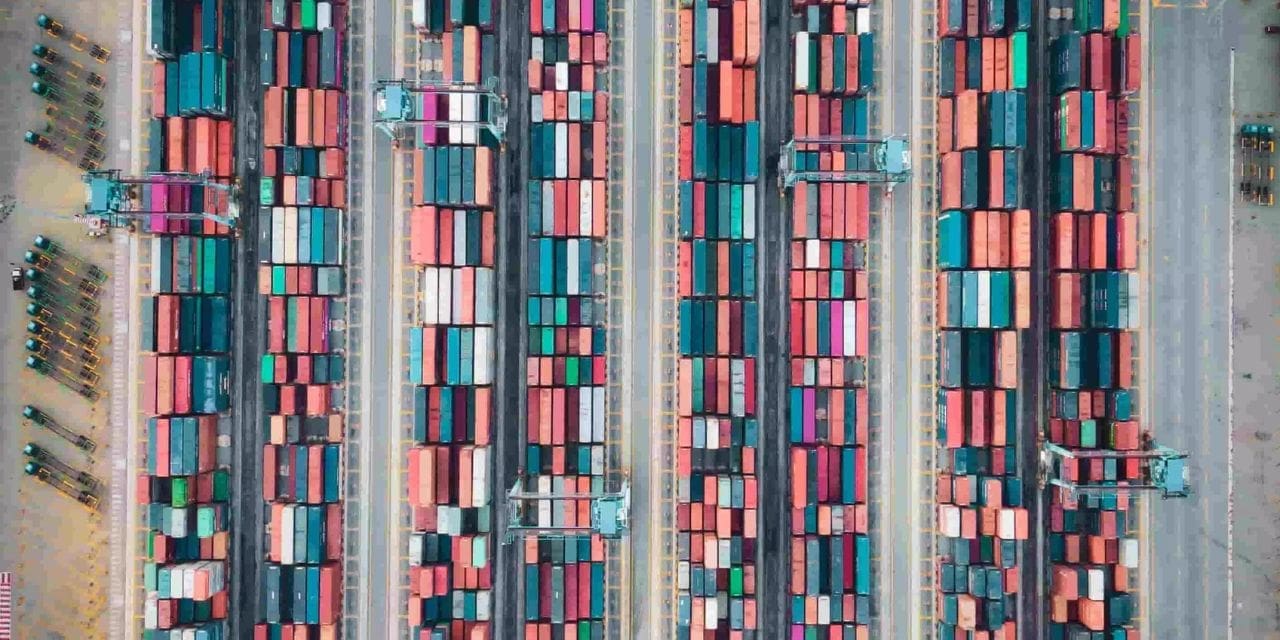~ The note points out that trade will play a crucial role in enhancing the welfare of any economy through growth and productive employment opportunities ~
Mumbai, August 02, 2023:
CareEdge Ratings has published a knowledge paper titled ‘Trade: The Fulcrum of India’s Growth’ that lays down the roadmap to meet India’s ambitious export target of $2 trillion by 2030. The knowledge paper, emphasises the critical role played by trade in enhancing the welfare of any economy, while also laying down measures required to meet India’s ambitious export target.

Talking about the report, Mehul Pandya, MD & CEO, CareEdge Ratings, said: “The Indian economy has proved to be a testimony of resilience in the face of innumerable challenges. Trade has played a pivotal role in India’s growth story so far and remains critical in the journey ahead.
The present geo-political landscape presents India with an opportunity to establish itself as a global partner of choice. The recent headwinds from the global supply chain disruptions, negative spillovers from geo-political conflicts and the slowdown in global growth have reiterated the need for strategic partnerships with like-minded countries.”

Rajani Sinha, Chief Economist, CareEdge Ratings added, “This is a critical juncture, with global economies showing keenness to partner with India. As we move towards further embracing globalisation, it is important to improve our domestic preparedness to compete in the global markets. To meet the set export target of US$ 2 trillion by 2030, India needs to achieve a CAGR of 12% for merchandise exports and 18% for services exports over the upcoming eight years.
This is definitely a challenging task and would require planning and policy support. Appropriate strategic partnerships can play a key role in enabling India to achieve its full potential.
Highlights from the knowledge note
● While the contribution of exports (goods & services) to India’s GDP nearly doubled from 13.7% in FY04 to 23.5% in FY23, its share in world merchandise exports increased only marginally by 0.2 percentage points (pp) in the last decade (2013-2022) to 1.8%.
● To achieve India’s export target, the country needs to focus on critical measures including improving the logistic infrastructure, increasing the scale of production, improving the ease of doing business, focusing on R&D to move up the value chain, lowering import tariff rates and correction of import duty anomalies along with policy support to the MSME segment.
• The focus should be on moving up the value in the global supply chain. This requires focus on R&D and innovation. Incentivising private sector participation could hold the key to promoting R&D in the country.
● In the last decade, the share of technology-related manufactured items in India’s exports has risen from an average of 48% (2006-10) to 53% (2018-22). Technology-related manufactured products are further classified into low-tech (textiles, garments and footwear), medium-tech (automotive and engineering) and high-tech (electronic and electrical). There has been an increase in India’s medium tech and high-tech exports.
However, the share of medium and high-tech items in India’s tech-related manufactured exports remains lower compared to economies like US, UK, Germany, Japan, China and Vietnam. Going ahead, further concerted efforts are required to upscale to high-end tech manufacturing exports.
● India needs to further diversify its services export to fully tap into its potential. Apart from IT and ITES, the share of business consulting services is showing a meaningful increase. We also need to look at other services like travel, tourism, and medical services.
● To truly harness the potential of new trade agreements, India needs to adopt a multifaceted approach. India must focus on exports of goods and services in which it enjoys an RCA (Revealed comparative advantage). If RCA is greater than 1, it is interpreted that the country has a comparative advantage in exports. On the merchandise front, India has RCA in intermediate goods (1.6) and consumer goods (1.4). On the services front, India enjoys a comparative advantage in telecommunication, computer and information services (3.3) and other business services (1.5).
● An analysis of the trade complementarity index (TCI) shows that India’s export basket has high complementarity with the import baskets of Italy (TCI of 80.3), Belgium (76.9), Germany (70.4) Indonesia (72.4), France (70.6) and UK (69.3). However, currently, these countries account for a low share of India’s total exports reflecting untapped potential markets.
● To harness the potential of new trade agreements, India must focus on (i) Capitalising investment opportunities and technology transfer (ii) Negotiation of removal of non-tariff barriers in the form of tariff quotas, technical barriers to trade, antidumping and countervailing duties (iii) Increase the utilisation rate of trade agreements which currently is low ranging between 5-25% (iv) Ensure effective engagement with the key stakeholders.
● New generation FTAs are covering issues related to the environment, labour and sustainability etc. International commitments on these issues must be taken only after the domestic regulatory framework is in place, otherwise, these issues might serve as non-trade barriers.
About CareEdge
CareEdge is a knowledge-based analytical group that aims to provide superior insights based on technology, data analytics and detailed research. CARE Ratings Ltd, the parent company in the group, is one of the leading credit rating agencies in India. Established in 1993, it has a credible track record of rating companies across multiple sectors and has played a pivotal role in developing the corporate debt market in India. The wholly-owned subsidiaries of CARE Ratings are (I) CARE Advisory Research & Training Ltd, which offers advisory/consulting and customised research services to corporates, policy advisory, infrastructure advisory and ESG advisory (II) CARE Risk Solutions Private Ltd, which offers cutting-edge solutions in the area of risk management in the BFSI segment.
The other subsidiaries are CARE Ratings Africa (Private) Limited which provides credit rating services in Mauritius and CARE Ratings Nepal Limited which provides credit rating services in Nepal.
Trade_-_The_Fulcrum_of_India_s_Growth_-_CareEdge_Knowledge_Paper

